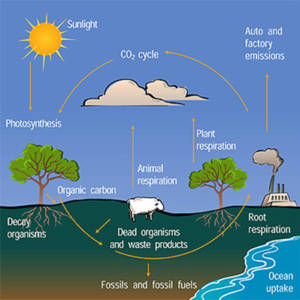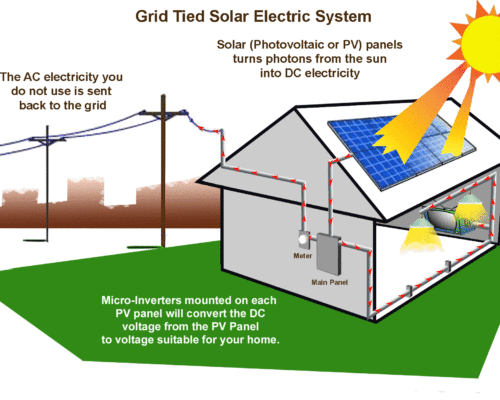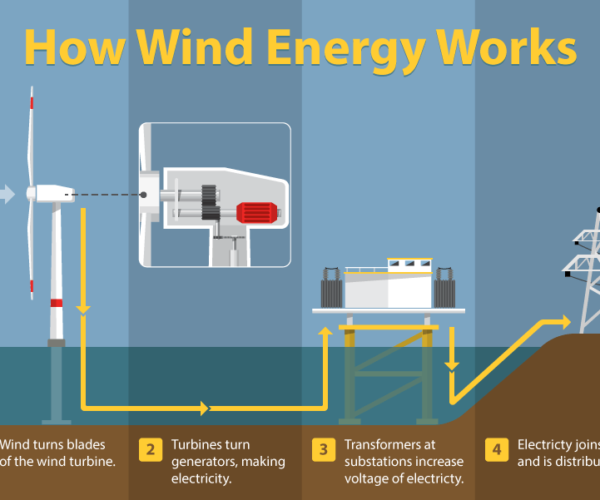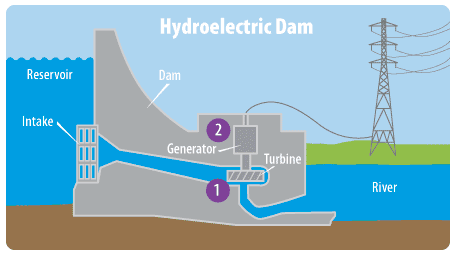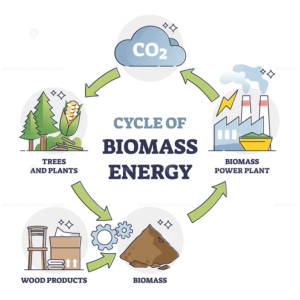
Presented By:
Middletown Rancheria
of Pomo Indians of California

Tribal Energy Program
The Tribe has seen the dramatic impacts of climate change, from recent droughts, to the 2015 Valley Fire that left the community devastated, and in 2019, the Kincade fire again resulted in regional evacuations. The Kincade fire resulted in severe damage to PG&E electricity transmission equipment causing significant regional power outages.
Subsequent power outages required to upgrade regional transmission equipment resulted in power outages that have negatively impacted the tribal enterprises, operations, and residents. Energy planning is an important factor in the continued resilience and capacity building inherent to Tribal Sovereignty. Growing capacity by creating baseline documents will allow for enhanced program development, planning and implementation by the Tribe. This project funds necessary energy planning and includes essential analysis of current hazards and climate change vulnerabilities of the Tribe’s energy infrastructure and use. The project will deliver detailed planning specific to on-the-ground projects that the Tribe can execute immediately (through conservation) and, with additional financial and design support (through available federal or other funding) to execute large scale energy production projects, if appropriate.
The project’s goals include:
• Enhance the Tribe’s energy independence and resiliency by building tribal capacity to ensure the community’s energy needs are met.
• Enhance economic capacity and support community growth through energy
conservation, and on-site energy development; and expand alternative Economic Development opportunities that are currently available to the Tribe.
• Build Climate Change resilience through identifying vulnerabilities and conducting adaptation planning to minimize, and where possible, mitigate climate change related environmental hazards that have the potential to impact the community’s energy supply.
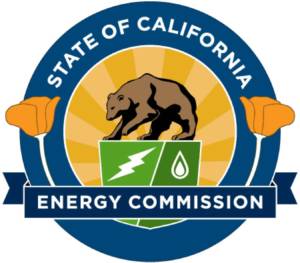

Energy Resiliency Feasibility Study
The Tribe has been working on an Energy Resiliency Feasibility Study, funded in partnership with the California Energy Commission (CEC) and the California Strategic Growth Council (SGC), in order to to meet the Tribe’s goal of energy resiliency and independence. To achieve this goal, several methods of energy production were proposed, including biofuel – the burning of wood-waste, gasification – the pyrolysis of wood-waste, geothermal – the use of Earth’s natural heat deep underground, wind – the use of wind energy, pumped storage hydropower – the storing of water for later hydroelectric use, and solar – the use of the sun’s energy for energy production. The careful and collaborative review of these energy-production methods determined that solar energy, in combination with large-scale battery storage, is the best fit for the energy needs of the Tribe.
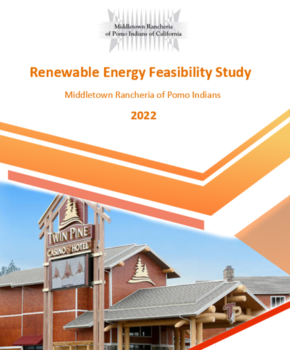
What Is A Feasibility Study?
A feasibility study involves research and collaboration between several entities in order to determine the most feasible, or realistic, solution to an issue. This ensures that all possible solutions have been weighed and considered before beginning a large-scale project. In order to meet the Tribe’s goal of energy resiliency and independence, the most feasible renewable energy solution was identified so that further project-work can be completed. In this case, solar energy coupled with battery storage was determined to be the most feasible solution based on the Tribe’s needs. The next phase of the energy resiliency feasibility study will examine the design and construction costs for the Tribe’s energy resiliency project. Funding through the federal government’s Department of Energy and the State of California will ensure the project’s success.
Community Microgrid and Islanding
Through PG&E and the State of California, the Community Microgrid Enablement Program can assist the Tribe in engineering design, installation, and operation of a community microgrid system. This microgrid would have the potential ability to “island” itself from the regional grid, resulting in energy independence for the Tribe. Islanding is effective if the microgrid island contains its own energy production. This helps define the priority of these projects. Priority based on capital and operating costs, public safety and community resiliency would be first, to install maximum rooftop solar capacity with battery storage packs to meet anticipated off-production need.
Do You Know Where Your Energy at Home Comes from?
Fossil Fuels
Fossil fuels are made from decomposing plants and animals. These fuels are found in the Earth’s crust and contain carbon and hydrogen, which can be burned for energy.
Examples of fossil fuels include, coal, natural gas, derived gas, crude oil, petroleum products and non-renewable wastes.
48.5% of California’s power comes from Fossil fuels.


Pros of Using Fossil Fuels
- Easier to store and transport
- It is really cheap
- It is more reliable than renewable energy
Cons of Using Fossil fuels
- Fossil fuels are not renewable energy sources
- Fossil fuels pollute the environment
- They can be dangerous
Solar Power

Solar power is the conversion of sunlight into electricity.
Pros of using Solar
- Solar power is pollution-free and causes no greenhouse gases to be emitted after installation.
- Virtually no maintenance as solar panels last over 30 years.
- Renewable clean power that is available every day of the year, even cloudy days produce some power.
- Can be installed virtually anywhere.
- Federal grants, tax incentives, and rebate programs are available to help with initial costs.
Cons of using Solar
- Lower solar production in the winter months.
- High initial costs for material and installation.
- Needs lots of space.
- No solar power at night so there is a need for a large battery bank.
- Depending on geographical location the size of the solar panels vary for the same power generation.

Wind
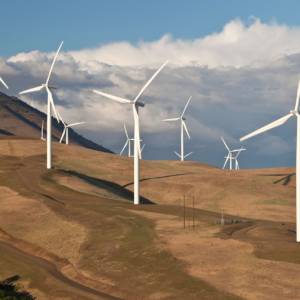
7% of California’s power comes from wind.
Pros of Wind Energy
- Renewable & clean source of energy
- Low operating costs
- Efficient use of land space
- Job creator
Cons of Wind Energy
- Intermittent
- Noise and visual pollution
- Wind power is remote
- Blades can harm and kill species that fly into them, like birds and bats.
Hydropower
Cons of Hydropower
- Expensive up-front
- Lack of available reservoirs
- Facilities rely on local hydrology (controlled by weather and precipitation trends.)
- Disrupts animal migration paths, creates issues with water quality, and human or wildlife displacement.

11% of California’s power comes from Hydropower
A renewable source of energy that generates power by using a dam or diversion structure to alter the natural flow of a river or other body of water.
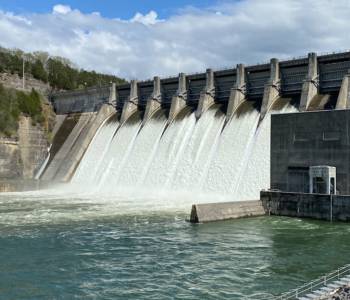
Geothermal

Pros of Geothermal
- Environmentally Friendly
- Renewable
- Reliable
- No Fuel Required
- Sustainable / Stable

6% of California’s power comes from Geothermal
Cons of Geothermal
- Location specific
- Earthquakes
- High Costs
- In order to maintain the sustainability of geothermal energy fluid needs to be pumped back into the underground reservoirs faster than it is depleted.
Geothermal energy is a type of renewable energy taken from the Earth’s core. It comes from heat generated during the original formation of the planet and the radioactive decay of materials. This thermal energy is stored in rocks and fluids in the center of the earth.

